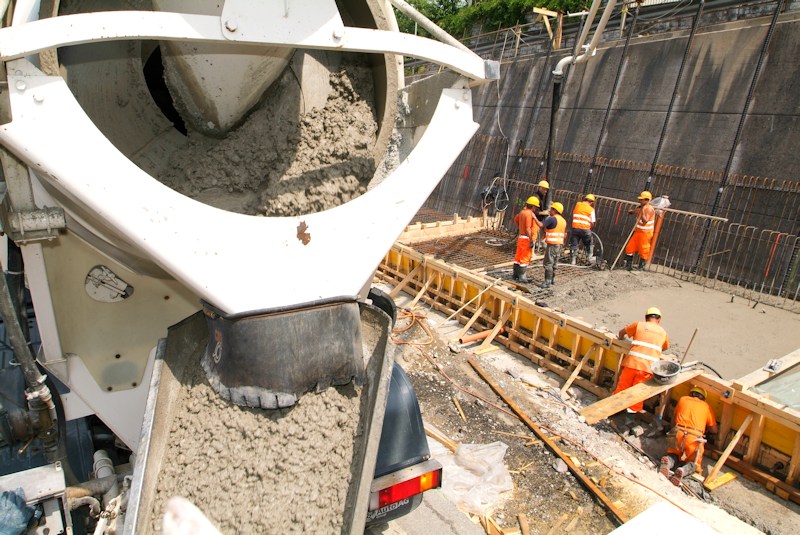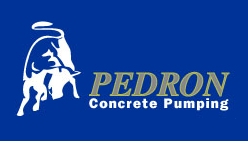- BY admin
- POSTED IN Blog
- WITH 0 COMMENTS
- PERMALINK
- STANDARD POST TYPE

Concrete is a mainstay in our lives. Most of the constructional components that we interact with on a daily basis are created from this versatile material. However, sturdy structures don’t just happen. Immense care and quality control goes into making concrete phenomenal – from the inside out.
Depositing concrete into its final position can be a very challenging job, especially if you’re looking for a durable, clean and attractive finish. Without a sturdy foundation, the integrity of the entire structure is compromised. In this article, we explain why concrete placing for your Vancouver project is a crucial step in the construction process and how it largely influences the manner in which that same concrete is subjected to further processing.
Concrete Placement Informs the Quality of Subsequent Operations to a Surprising Degree
Any competent and certified contractor will tell you that placing the concrete quicker than it can be spread, struck off, consolidated and bull floated is a bad idea. It renders all the effort of mixing, transporting and handling that concrete useless. Besides simply focusing on the nuances of the operation, the contractor takes into consideration several climatic and technical parameters.
Bear in mind that there are quite a number of operations that the concrete must undergo after it leaves the mixer and before it is injected into its finished form: transportation, depositing it into a mould or a formwork, vibrating, maturing, removing of the form and curing. These essential phases should comply with good engineering practices.
Delivering Concrete – How to do it Right
Concrete can segregate if not handled properly. Any abrupt manoeuvres or shocks could cause it to do so. This is why it’s highly critical to make sure that transport times align with the beginning of the pouring process. Additionally, the concrete should be stored properly in colder months so as to avoid frost settling into it.
Striking the Right Balance When Depositing the Concrete
A popular misconception is that concrete placement simply entails pouring the concrete into its intended position. In reality, it also takes into consideration certain factors leading up to that task.
The formwork or mould must be designed in such a manner so that it isn’t lacking in strength. If the mould itself were to become deformed under the pressure of the cascading concrete or if it wasn’t watertight enough to prevent the laintance from leaking through, placing operations would be all for naught.
To avoid such occurrences, the formwork or mould should be treated with a bond breaker and thoroughly cleaned before the operator uses it. Additionally, the operator also correctly positions the reinforcement and makes sure that it holds its place.
Even the height from which the concrete falls has to be measured. It should be handled so as to avoid the segregation of the material. To this end, it’s just as important to make sure that the rate at which the concrete is poured is consistent.
Concrete Vibration – A Small Operation That Has Big Consequences
This is one of those tasks that are so embedded within the larger framework, their importance is unfortunately concealed. Concrete vibration uses top-of-the-line machinery to send vibrations through wet concrete.
The vibrations will cause the concrete mixture to liquefy. This reduces the internal friction of the aggregate, water and cement. A concrete vibration job done right will allow you to move the concrete around easily after it has been placed. The operator is then able to deposit the concrete into every last nook and cranny of the mould and avoid empty pockets or voids.
Furthermore, the liquefaction and vibrations enable the air bubbles to escape. If the concrete has too many air bubbles, the mixture is a lot less dense and will be less sturdier and/or full of blemishes.
A wonderful byproduct of the vibration operation is that it allows moisture to come to the surface, which makes it easier for the operator to float and finish the final slab.
Concrete and Cold Weather – What You Should Know!
Fresh concrete must be stored at relatively lower temperatures. If exposed to hot weather, it will dry out. One way to protect it is through adequate curing. Ideally, the contractor is looking for concrete that has a low heat of hydration.
In temperatures below 5 degrees C, the setting of concrete is severely stunted and if the temperature drops even further, there is a risk of it freezing altogether. Some common tactics to avoid this are heating the concrete, the mixing water or the aggregate. Moreover, the contractor may also insulate the formwork or the mould. In the end, they will be looking for concrete that swiftly hardens after it is placed.
Trust Your Concrete Projects to the Leading Contractors in Vancouver!
Pedron Contracting has over 2 decades of experience and a team of certified operators to add quality, no matter the scope of your project. Put us to the test! Call us at 604-936-8484 for a quote.

